Zagreb Cathedral
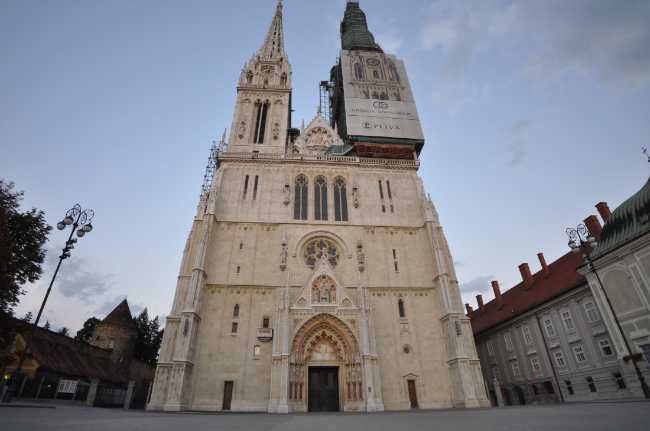
Zagreb Cathedral, officially the Cathedral of the Assumption of the Blessed Virgin Mary and Saints Stephen and Ladislaus, is the tallest building in Croatia and a defining symbol of the capital. Located in Kaptol Square, its twin spires rise 108 meters above the city, visible from nearly every vantage point. Originally built in the 11th century, the cathedral has endured invasions, fires, and earthquakes—most notably the 1880 quake, after which architect Hermann Bollé led its Neo-Gothic reconstruction. The 2020 earthquake caused further damage, and restoration is ongoing. Inside, visitors find baroque altars, intricate stonework, and the tomb of Cardinal Alojzije Stepinac, sculpted by Ivan Meštrović. The cathedral’s organ, with over 6,000 pipes, ranks among the world’s finest. Its treasury holds priceless relics, including medieval vestments and sacred art. Despite its trials, Zagreb Cathedral remains a spiritual and architectural beacon, embodying the resilience and faith of the Croatian people.
Zagreb CroatiaZagreb Cathedral, officially the Cathedral of the Assumption of the Blessed Virgin Mary and Saints Stephen and Ladislav, is located at Kaptol 31, in the Kaptol district at the northeastern edge of Zagreb’s city center. Its twin spires, the tallest in Croatia at 108 meters, make it a prominent Gothic landmark visible from much of the city. The cathedral is surrounded on three sides by the Archbishop’s Palace and sits on Kaptol Square, just a short walk from Ban Jelačić Square, Zagreb’s main plaza. Nearby attractions include Dolac Market to the west, Tkalčićeva Street to the northwest, and Ribnjak Park directly behind the cathedral. Other Upper Town landmarks such as St. Mark’s Church, Lotrščak Tower, and the Stone Gate are also within walking distance, making the cathedral an ideal starting point for exploring Zagreb’s historic core.
 Museum of Broken Relationships
Zagreb
Museum of Broken Relationships
Zagreb
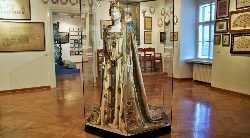 Zagreb City Museum
Zagreb
Zagreb City Museum
Zagreb
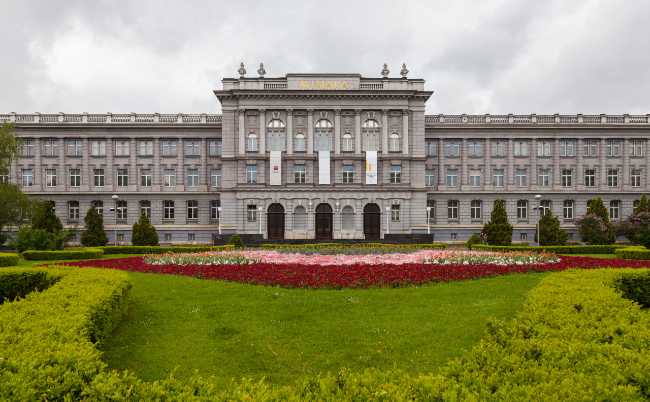 Mimara Museum
Zagreb
Mimara Museum
Zagreb
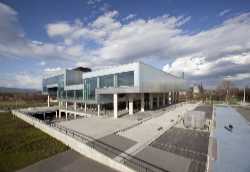 Museum of Contemporary Art
Zagreb
Museum of Contemporary Art
Zagreb
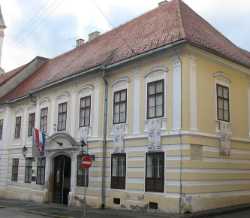 Croatian Museum of Naïve Art
Zagreb
Croatian Museum of Naïve Art
Zagreb
 Technical Museum Nikola Tesla
Zagreb
Technical Museum Nikola Tesla
Zagreb
 Archaeological Museum in Zagreb
Zagreb
Archaeological Museum in Zagreb
Zagreb
 Klovićevi Dvori Gallery
Zagreb
Klovićevi Dvori Gallery
Zagreb
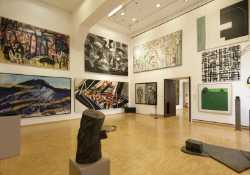 National Museum of Modern Art
Zagreb
National Museum of Modern Art
Zagreb
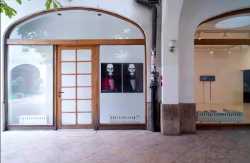 Galerija Nova
Zagreb
Galerija Nova
Zagreb
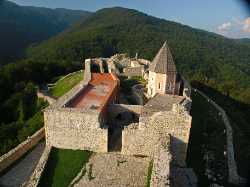 Medvedgrad Fortress
Zagreb
Medvedgrad Fortress
Zagreb
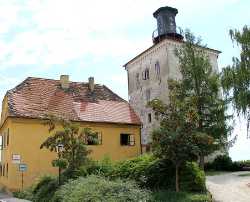 Lotrščak Tower
Zagreb
Lotrščak Tower
Zagreb
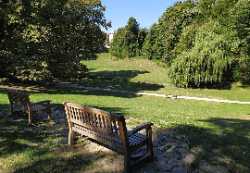 Maksimir Park
Zagreb
Maksimir Park
Zagreb
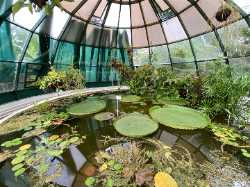 Botanical Garden of the Faculty of Science
Zagreb
Botanical Garden of the Faculty of Science
Zagreb
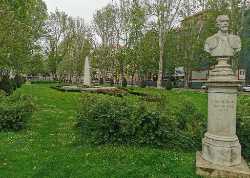 Zrinjevac Park
Zagreb
Zrinjevac Park
Zagreb
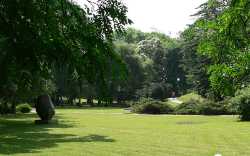 Ribnjak Park
Zagreb
Ribnjak Park
Zagreb
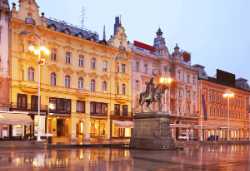 Ban Jelačić Square
Zagreb
Ban Jelačić Square
Zagreb
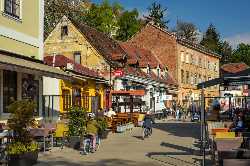 Tkalčićeva Street
Zagreb
Tkalčićeva Street
Zagreb
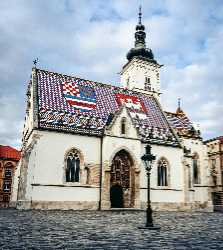 St. Mark’s Church
Zagreb
St. Mark’s Church
Zagreb
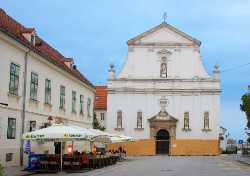 St. Catherine’s Church
Zagreb
St. Catherine’s Church
Zagreb
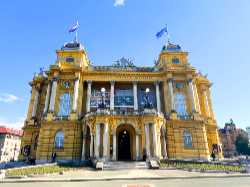 Croatian National Theatre
Zagreb
Croatian National Theatre
Zagreb
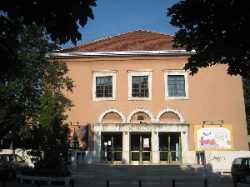 Komedija Theatre
Zagreb
Komedija Theatre
Zagreb
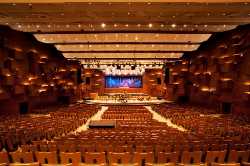 Lisinski Concert Hall
Zagreb
Lisinski Concert Hall
Zagreb
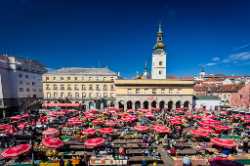 Dolac Market
Zagreb
Dolac Market
Zagreb
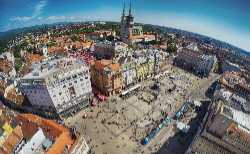 Zagreb 360°
Zagreb
Zagreb 360°
Zagreb
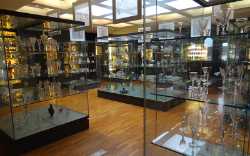 Museum of Arts and Crafts
Zagreb
Museum of Arts and Crafts
Zagreb
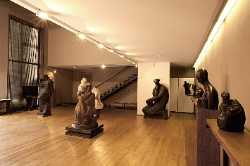 Meštrović Atelier
Zagreb
Meštrović Atelier
Zagreb
 Museum of Illusions Zagreb
Zagreb
Museum of Illusions Zagreb
Zagreb
 Ethnographic Museum Zagreb
Zagreb
Ethnographic Museum Zagreb
Zagreb
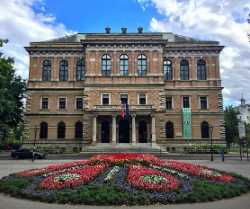 Strossmayer Gallery of Old Masters
Zagreb
Strossmayer Gallery of Old Masters
Zagreb
 Gliptoteka HAZU
Zagreb
Gliptoteka HAZU
Zagreb
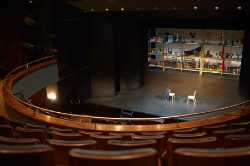 Gavella Drama Theatre
Zagreb
Gavella Drama Theatre
Zagreb
 Zagreb Youth Theatre
Zagreb
Zagreb Youth Theatre
Zagreb
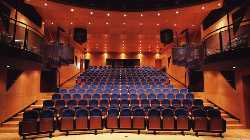 Zagreb Puppet Theatre
Zagreb
Zagreb Puppet Theatre
Zagreb
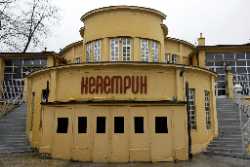 Satirical Theatre Kerempuh
Zagreb
Satirical Theatre Kerempuh
Zagreb
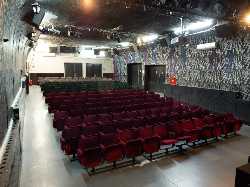 Teatar &TD
Zagreb
Teatar &TD
Zagreb
 Mala Scena Theatre
Zagreb
Mala Scena Theatre
Zagreb
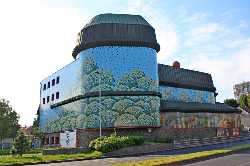 City Theatre Trešnja
Zagreb
City Theatre Trešnja
Zagreb
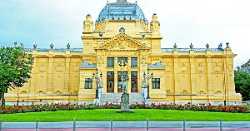 Art Pavilion
Zagreb
Art Pavilion
Zagreb
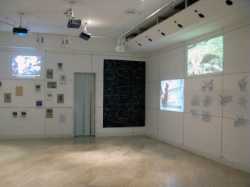 Galerija Miroslav Kraljević
Zagreb
Galerija Miroslav Kraljević
Zagreb
 Galerija Greta
Zagreb
Galerija Greta
Zagreb
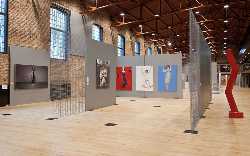 Lauba
Zagreb
Lauba
Zagreb
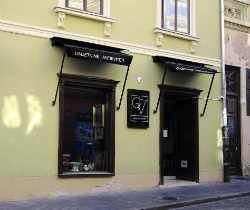 Vugrinec Gallery
Zagreb
Vugrinec Gallery
Zagreb